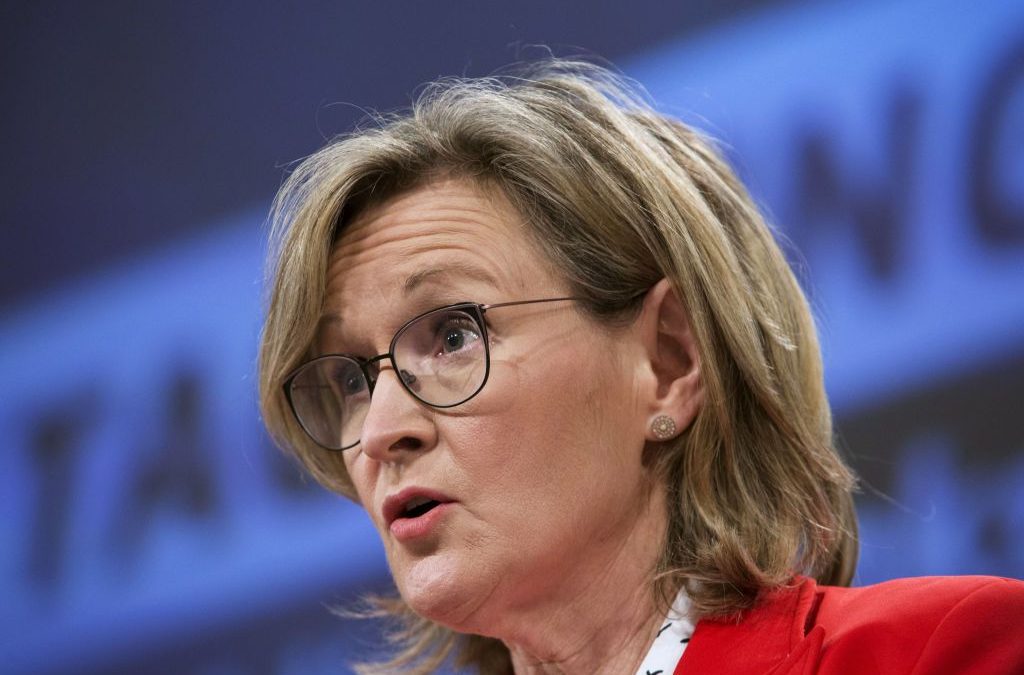The European Commission, the executive branch that proposes legislation for the European Union, is urging its members to agree on its proposed Markets in Crypto Assets (MiCA) regulations this autumn, according to statements by the EU commissioner for financial services during a web forum Wednesday.
Mairead McGuinness said that the commission is also hoping to finalize its proposed regulatory sandbox for financial products based on distributed ledger technology (DLT) by the end of the year.
“Crypto assets are evolving fast, enabling homegrown firms to enter the market, while also attracting retail investors,” McGuinness said. ”It is our policy and our duty as policy makers to put sound rules in place as quickly as possible.”
The tight deadlines underscore EU regulators’ more urgent pace than their U.S. counterparts in developing a sweeping regulatory framework for crypto assets. Only last week, U.S. regulators released their first recommendations for regulating stablecoins or cryptocurrencies pegged to the value of other assets like the U.S. dollar. Meanwhile, McGuinness said that MiCA is introducing a “bespoke regime” for previously unregulated crypto assets, including stablecoins.
While some critics fear that MiCA’s hyper-focus on stablecoin issuers may drive innovation from the region, the commission says that proposed legislation in the framework will make it easier for crypto companies to expand through the EU via a licensing system that allows firms regulated in one member state to start operating in others.
Despite McGuinness’ call to action, Eva Maydell, a member of the EU Parliament said on Wednesday during a webinar that there are still open questions concerning MiCA. While the European Commission supports the interests of the EU as a whole, the European parliament directly represents the citizens of the union.
Maydell warned it will “take a bit longer than planned” to finalize a position on the framework, although she did not specify a timeline. “But we have to make clear that we don’t want to ban businesses in that particular sphere,” Maydell said.
Meanwhile, the DLT pilot regime will create a safe space for market players to experiment with issuing, trading and settling securities using blockchain technology, McGuinness said.
EU parliamentarian Eva Kaili, who reports on the proposed DLT regime, said during an interview with CoinDesk that the provisions in the proposed regime “will operate in a uniform manner across the EU just like what MiCA is trying to do for crypto assets.”
McGuinness said on Wednesday that the sandbox will run for five years, and at the end of that period, regulators will decide on reviewing the legislation to ensure it is “fostering responsible innovation.”
McGuinness is hopeful that the Commission will agree on the pilot regime by the end of the year. “So as of next year, market participants will be able to test the use of DLT on a large scale in asset classes such as shares on bonds,” McGuinness said.














